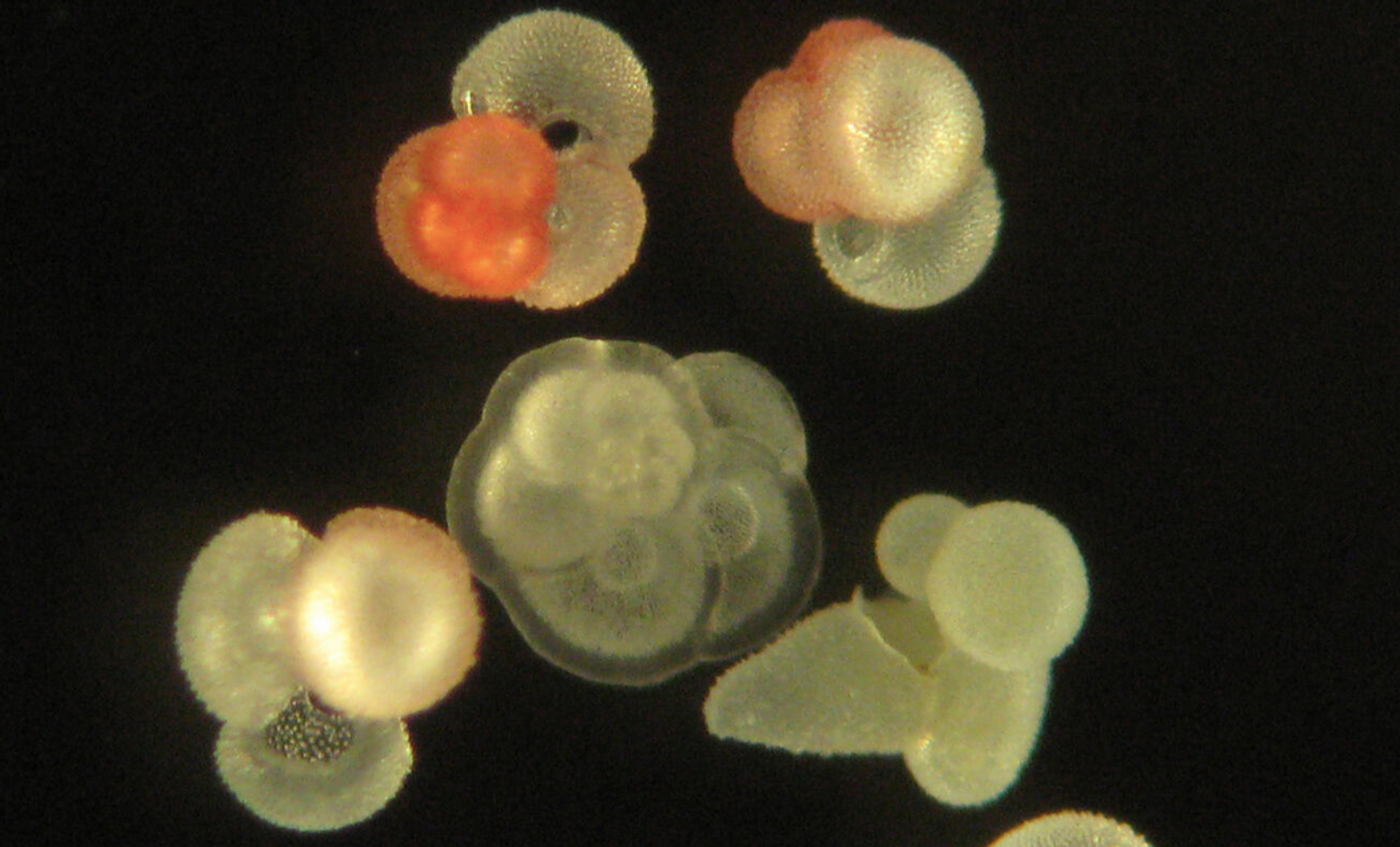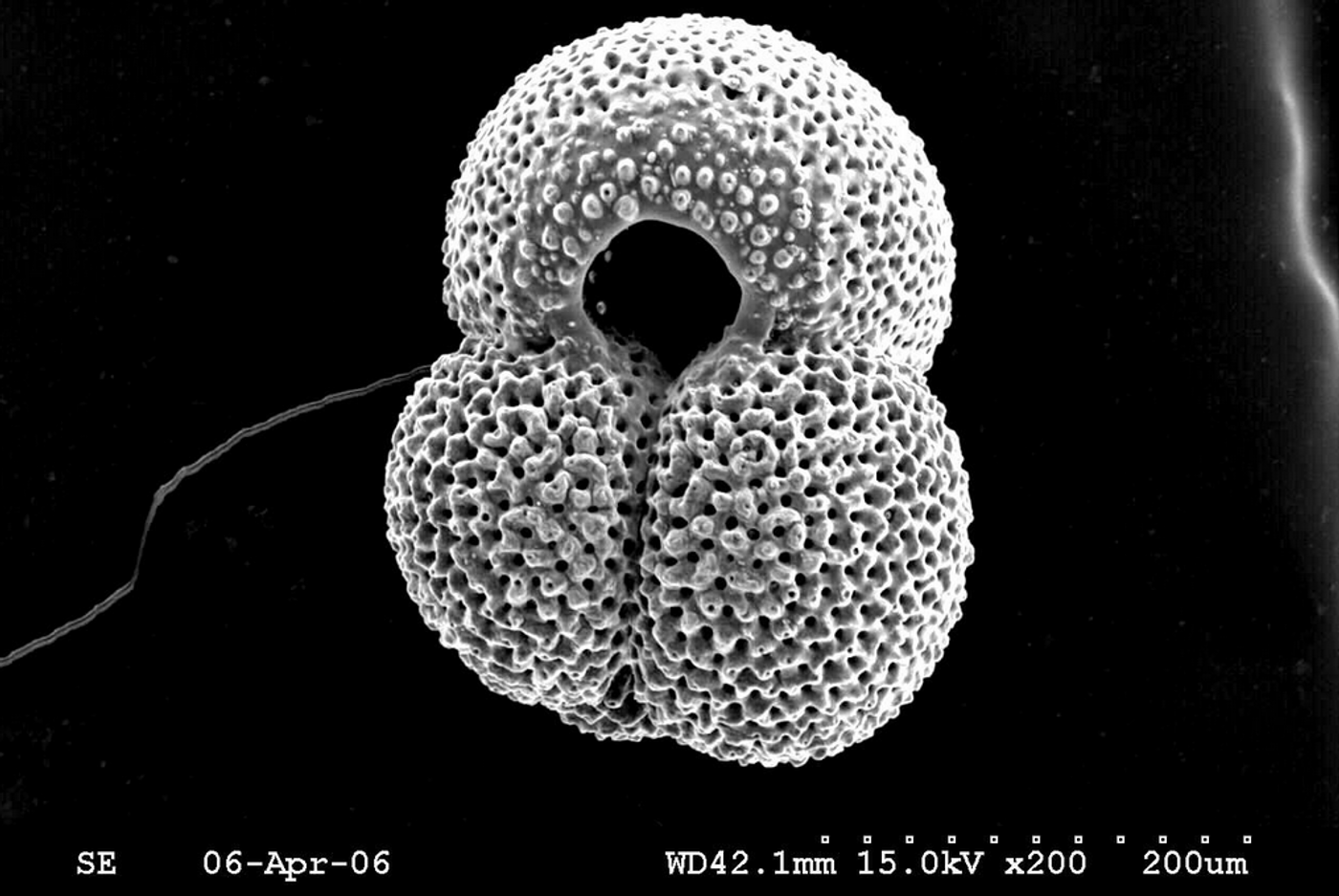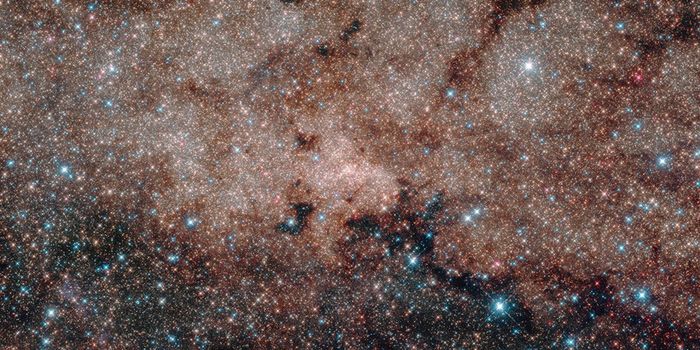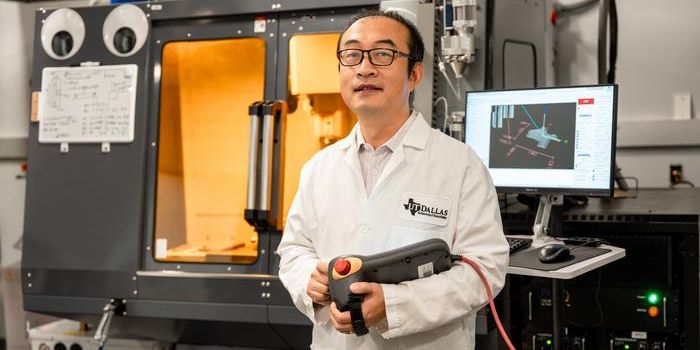Seeing Our Climactic Future in Fossils
Around 60 million to 50 million years ago, the Paleocene epoch was giving way to the Eocene, and Earth was experiencing periods of extreme warmth that went on for ages, even millions of years. The planet underwent gradual temperature increases during this time, as well as sudden warming events called hyperthermals that were accompanied by huge releases of carbon dioxide and other greenhouse gases. Other influences such as tectonic activity may have also played a role in hyperthermal events.

Scientists have recently learned more about the seemingly close links between sea surface temperatures, sea and atmospheric carbon dioxide levels, and air temperatures during this period, and how they can tell us more about our world. The research has been reported in the Proceedings of the National Academy of Sciences (PNAS).
“The main reason we are interested in these global carbon release events is because they can provide analogs for future change,” said lead author Dustin Harper, a postdoctoral researcher at the University of Utah. “We really don't have a perfect analog event with the exact same background conditions and rate of carbon release.”
This study has indicated that we can learn from the effects of carbon dioxide emissions during two ancient “thermal maxima” because they have enough in common with the climate of today.
In this work, the investigators analyzed tiny fossils that were obtained from core samples that were drilled by the International Ocean Discovery Program at two underwater plateau sites on the Pacific Ocean floor. This was a fortuitous place for the researchers; these shells will dissolve if they move to the deep ocean but they were protected by the shallower environment of the undersea plateaus. This work could reveal the ocean chemistry conditions from the time that these fossilized microorganisms were alive.
Foraminifera are single-cell organisms that are similar to plankton, and carry a shell. Boron gets trapped in the formaniferas' shells, and the isotopes of boron can reflect the levels of carbon dioxide in the ocean and in the air when the shells formed.
Computational tools were used to model the sea surface temperatures and atmospheric carbon dioxide levels over a 6 million year period that happened 56 million years ago. During that time, there were two hyperthermals: the Paleocene-Eocene Thermal Maximum (PETM), and the Eocene Thermal Maximum 2 (ETM). There were rising levels of atmospheric carbon dioxide that paralleled a global rise in temperatures.
People are now releasing carbon dioxide that is estimated to be four to ten times faster than the releases that happened during hyper thermal events. The total amount of carbon that is projected to be released by humans, however, is about the same as those ancient events. Thus, we could use those ancient, hyperthermal events to forecast our future, and what future generations could experience. During the PETM, there were no ice sheets, even at the poles, and the ocean a hot 95 degrees Fahrenheit.
“These events might represent a mid- to worst-case scenario kind of case study,” Harper said. “We can investigate them to answer what’s the environmental change that happens due to this carbon release?”
Sources: University of Utah, Proceedings of the National Academy of Sciences










